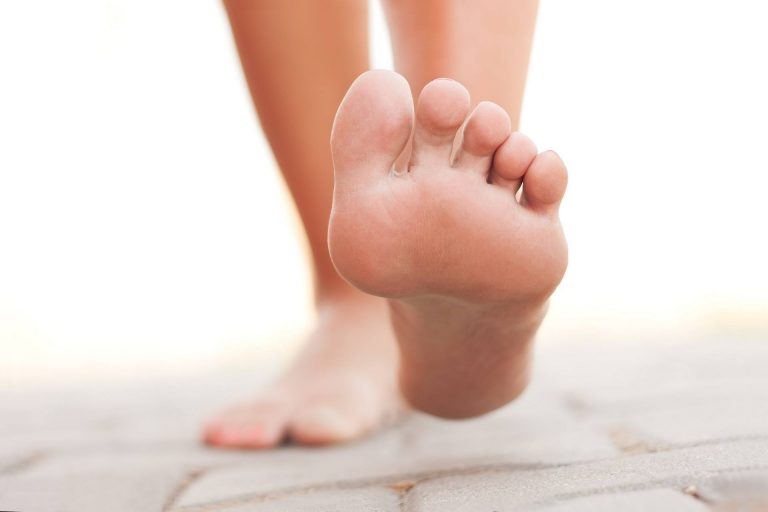
Supination is a movement with external rotation of the limb.
Simultaneously with the shift in the athlete’s center of gravity, the muscles of the foot and lower leg begin to strengthen their work. From a mobile system, they become a rigid, but elastic support, accumulating energy for the future push.
Supination has reverse stages with respect to pronation, namely:
inversion – the return of the lower leg to the usual plane of work;
adduction – the foot ceases to be mainly on the inner surface, the support on it is shifted towards the metatarsal bones (i.e. forward);
supination – tension of muscles and ligaments of the arch of the foot, restoration of its deflection.
Normally, during one running step, the position of the supination of the foot takes twice:
at the moment of touching the ground;
in the final period of repulsion by fingers.

The supination movement is accompanied by a turn (rotation) of the rear of the foot to the outside, a rise in the longitudinal arch, shortening of the foot, and “closure” of its joints. A certain degree of rigidity is necessary for the foot to take over the body weight at the first moment of putting the foot on the ground, as well as to ensure effective repulsion and giving the body a clearly directed forward movement.
At the same time, too strong supination of the foot at the time of landing sharply limits its spring capabilities, generates a run with excessive vertical body vibrations (uneconomical, “prancing” run). This running technique has its own set of pathologies.
If the pronation process is aimed at mitigating and correctly setting the foot, then supination contributes to the active phase of the push.